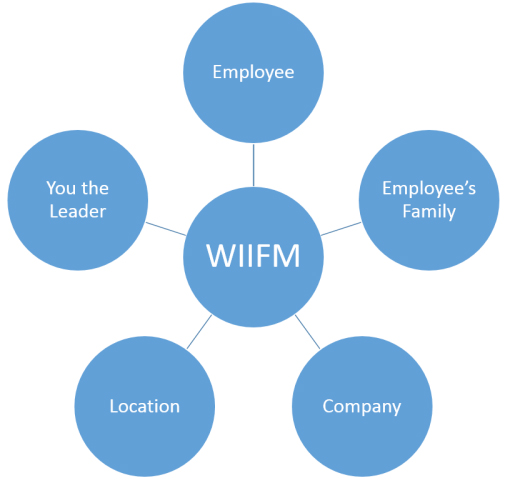ASSE - May 2014
By: Shawn M. Galloway
Printable Version
"When I was three years old, my grandfather lost his life in an industrial accident. I never had the opportunity to learn from him and I want to make sure your grandchildren, one day, have the opportunity to learn from you. This is why what we are doing in safety is so important..."
In less than 30 seconds, tell me why I should care about your efforts to become excellent in safety? What's in it for me and why should I care? These often occurring and occasionally voiced thoughts can be heard when a workforce is presented with the need for change.
Safety excellence requires much more than 'do as you're told' rules, policies and procedures. It requires creating passion in the workforce and engagement of discretionary efforts to achieve breakthroughs in performance and culture. If safety excellence requires different actions than what it takes to achieve safety compliance, this means change. What is your compelling reason? What is your response to the 'why' question that not only presents the case for change, but also moves 'hearts and minds' and 'hands and feet' of those whose help you need?
It is rumored the 'elevator pitch' originated in the early days of Hollywood screenwriters, hoping to catch top-floor executives in an elevator to pitch their movie idea during the ride. Evolving to become a standard tactic of sales training and networking, we have all been unexpectedly exposed to someone pitching something to us. The idea, while silly in theory, does have merit and application in safety, when used correctly.
During a recent consulting engagement, a senior executive shared a concern. Speaking of his colleagues on the executive team, "The commitment for executing our aggressive safety strategy is there, unquestionably. But I don't think we are confident in our ability to communicate it in a way that inspires the action we need." Delivering the business case is often much easier than delivering the personal case. For business, we have hard and soft costs, exposure, community perception and brand protection. What is the personal case for excellence in safety and how do you communicate it?
To answer the "What's in it for me?" (WIIFM) question, an exercise was led with the team to brainstorm five key areas. The question posed was, "If we achieve and sustain excellence in safety performance and culture, why is it important and what is the value to: 1. The corporation, 2. The individual location, 3. The individual employee, 4. The employee's family, and 5. You, as a leader."

Figure: Answering the WIIFM for Safety ExcellenceSM
After brainstorming these categories, the value proposition options were clear. Knowing what motivates one person can easily demotivate another and every culture is different, the goal is not to create a script, but rather to be empathetic. From the position of others, what is valuable to them and how will excellence in safety better what and who they care about most? Now, how does one communicate this?
Don't speechify. In general, people respond emotionally to change before logically. Now is not the time for long dissertations, a message that feels scripted, or a speech full of facts and figures remembered by few. Speak from the heart. Sure, it will feel necessary to talk about the impact to the business and perhaps you are in a burning platform-like situation. Consider, though, the goal is to influence people to care about the personal need for safety excellence, rather than what needs to occur to lower costs or injury rates.
Talk about why this is important to you. I'll never forget the aforementioned senior executive as he began communicating his reason for change. His message was full of stories, engaging and personal. He began with, "When I was three years old, my grandfather lost his life in an industrial accident. I never had the opportunity to learn from him and I want to make sure your grandchildren, one day, have the opportunity to learn from you." Sure, he also spoke to the business rationale, but what I and the audience remembered is that he cared and that was a wonderful start to how he successfully influenced his culture to safety excellence.

Shawn Galloway, CEO of ProAct Safety, is an expert in safety excellence. With almost thirty years of experience, he is a highly sought-after advisor, keynote speaker, and expert witness. Shawn has become a trusted partner to leading organizations across various industries worldwide. He ranks in the top 1% of the most prolific writers in his field, having authored over 500 articles and several bestselling books. He also launched the world's first safety podcast, Safety Culture Excellence©. As a recognized authority in safety, Shawn has received awards such as being named among the Top 50 People Who Most Influence EHS and a Top 10 Speaker, among others.
He is a regular guest on Bloomberg, Fox News, The Daily Mail, Dubai One, U.S. News & World Report, Sirius Business Radio, Wharton Business Daily, and leading safety magazines and podcasts. Shawn also serves as a member of the Harvard Business Review Advisory Council, Forbes Business Council, and Fast Company Executive Board, enabling his influence to shape safety thinking and strategy at the executive level.
